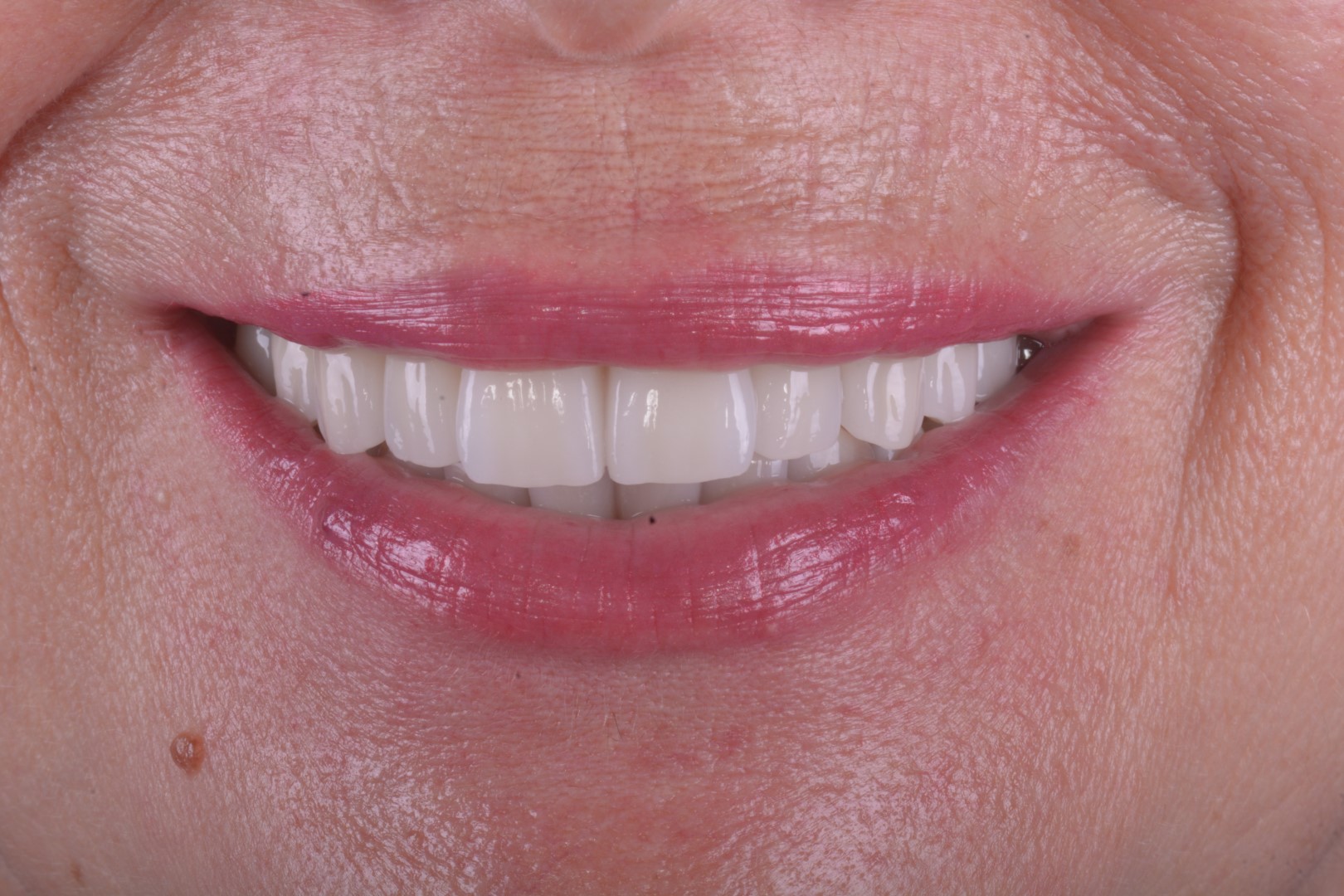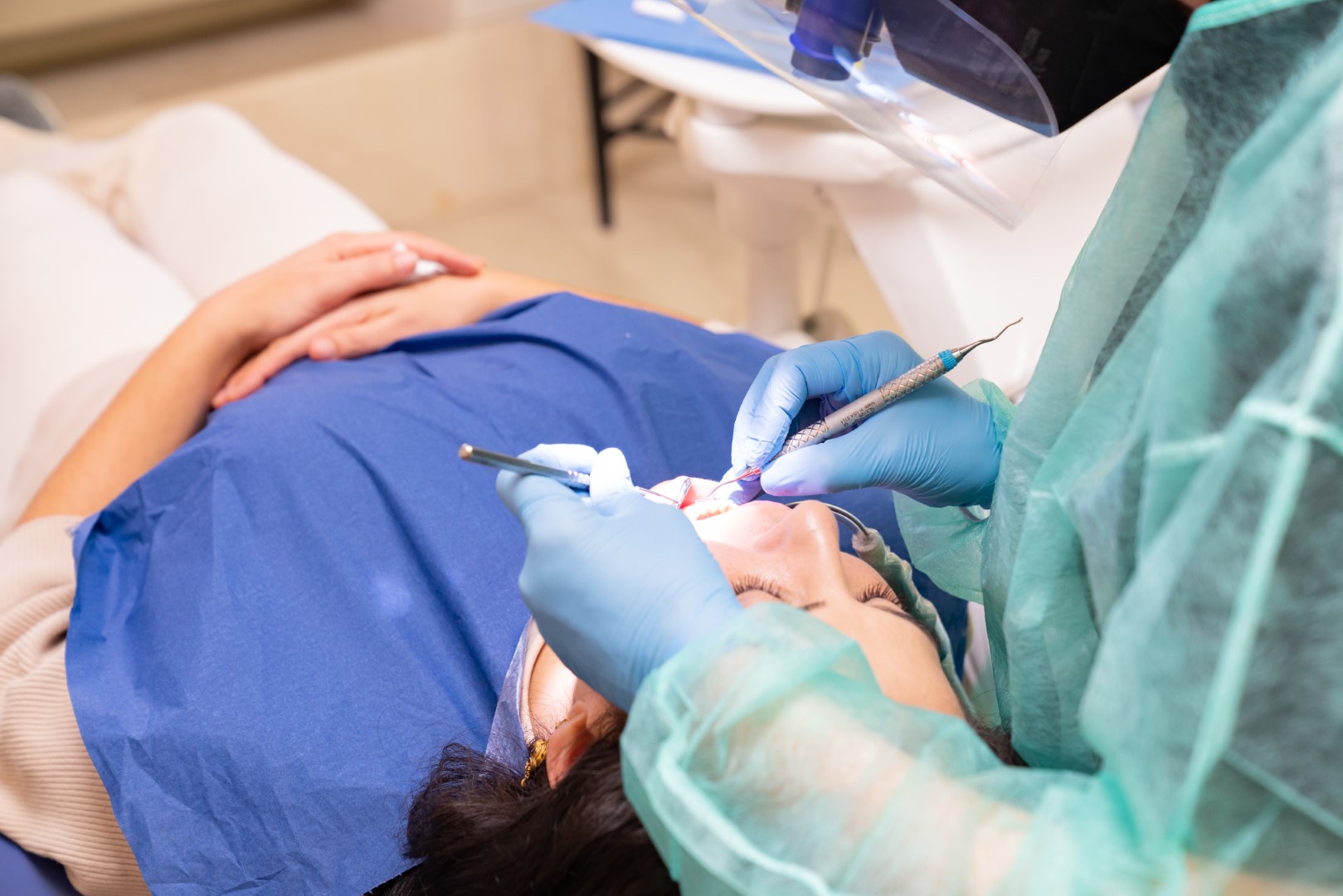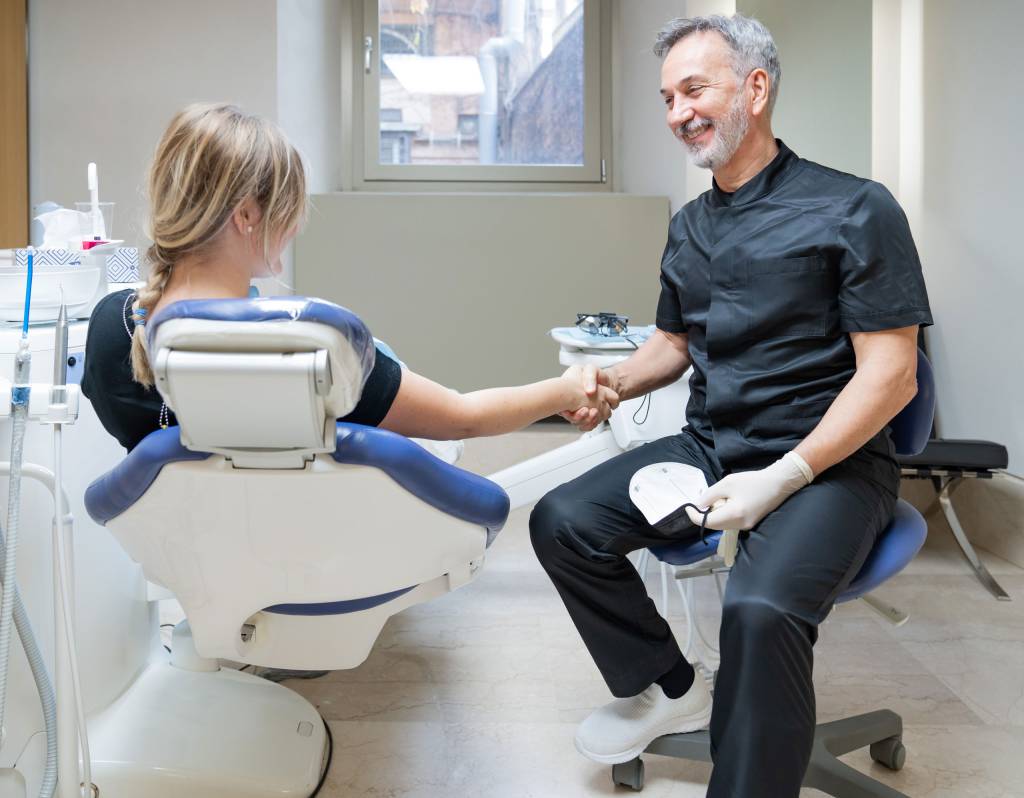Due to caries, periodontitis, malformations, wear, accidents, and previous dental treatments, it is necessary to rehabilitate one or both dental arches.
Complete rehabilitations represent the most demanding and complex professional service that a specialist in dental prosthetics can face because the biological, biomechanical, and commodity variables involved are almost infinite.
The role of the specialist in dental prosthetics.
Who is the specialist in dental prosthetics?
The specialist in dental prosthetics is a dentist with a specialized preparation in the field of prosthetics.
He is responsible for the collection and processing of the data necessary to develop a correct treatment plan, the organization and supervision of the interventions performed by the other specialists of the team (Hygienists, orthodontists, endodontists, conservators, periodontists, oral surgeons, and dental technicians) and finally the realization of the clinical part of its relevance.
The specialist in dental prosthetics can be compared to the director of a film in which he also plays a primary role as an actor.
The prosthetic treatment plan.
The treatment plan is the set of therapies necessary to complete rehabilitation ordered according to a temporal sequence that often involves the coordinated intervention of several specialists supervised by the specialist in dental prosthetics.
Unfortunately, even for complicated cases requiring complete and complex oral rehabilitation, the treatment plan is developed spontaneously during the first visit and with only a generic X-ray such as the ortho-panoramic. A superficial examination and an inaccurate treatment plan represent the sure premises of facing, soon, further and worsening dental problems.



What does it take to formulate a correct prosthetic treatment plan?
An excellent prosthetic treatment plan will need to consider the following carefully:
The oral and general clinical situation of the patient.
The remote and recent medical history, both general and dental.
The dental, skeletal, and neuro-muscular anatomy of the patient.
The presence of any parafunctions.
The patient's expectations.
The patient's needs (often do not coincide with expectations...)
The patient's lifestyles (nutrition, smoking, oral hygiene, etc.)
Logistics (Does the patient reside in the same city or not?)
One or more alternatives to the "ideal" treatment plan
Cost/benefit ratios.
How to get an excellent prosthetic treatment plan?
The diagnostic path that the specialist in dental prosthetics must implement to formulate a correct diagnosis on which to base an adequate treatment plan is developed in several phases:
Specialist consultation
Anamnesis:
The patient's medical history helps the specialist to direct the diagnosis.
Observation of symptoms:
The physician must first distinguish the essential symptoms from those of secondary importance and establish which signs of the morbid state are primitive and which should be considered as a consequence of the former.
Instrumental examinations:
Two- and three-dimensional radiographs, analysis of mandibular kinematics, The examination of articulator-oriented models, and other instrumental examinations will provide valuable elements for the diagnosis and for defining the long-term prognosis.
Correlation and analysis of clinical and instrumental data collected.
Diagnosis:
After clarifying the correlation relationships between the different symptoms, the specialist can formulate the diagnosis on which to base the treatment plan.
Treatment plan formulation with one or two alternatives
Communication of treatment plans to the patient
Selection of the treatment plan together with the patient now informed and aware.
It is clear that formulating a rational treatment plan, in complex cases, is a process that requires time dedicated to collecting the necessary clinical and instrumental data, time to correlate and analyze clinical and instrumental data and, formulate the diagnosis and treatment plan and, finally,, time to communicate to the patient both the details of his clinical situation and the various treatment options from which he can choose the most suitable one.
The process will generally require two or three appointments. Venturing into a complete and complex oral rehabilitation and trying to “simplify” the process implies the short-term risk of making the patient pay a heavy biological and economic toll.
We can conclude that the prosthetic treatment plan is, by far, one of the most critical steps in the overall process that will lead to successful oral rehabilitation.
